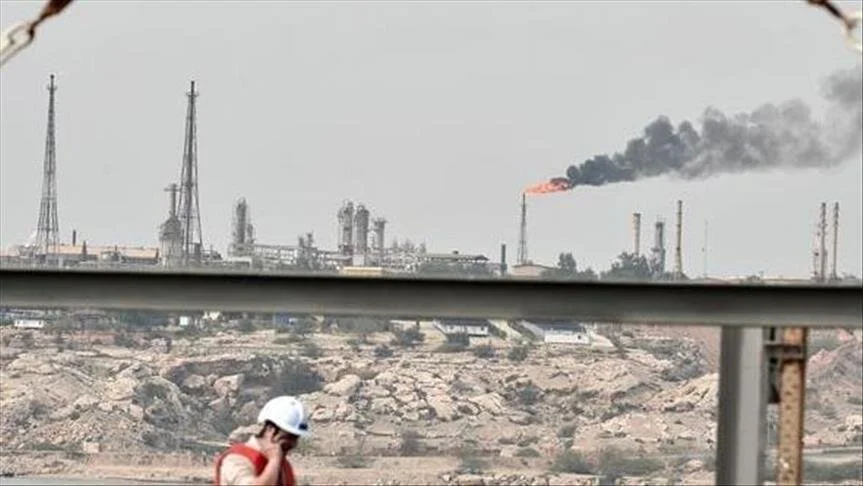ANKARA
The high natural gas storage level in Europe, along with a forecast of a warm winter that is set to lower demand, is expected to place downward pressure on gas spot prices, according to the latest report published by the Gas Exporting Countries Forum (GECF).
Europe started the 2023–2024 winter season with a natural gas storage capacity of 99%.
Europe’s storage had 25 billion cubic meters more gas than targeted and only 42 billion cubic meters of natural gas withdrawn over the winter, the second lowest use in a decade.
According to the GECF report, this was due to low heating demand caused by the warmest winter in 12 years.
Low gas withdrawals meant that 61 billion cubic meters were left in storage by the end of the winter season, the highest level ever for the end of any winter season.
Looking to the winter season ahead, the GECF reports favorable conditions in the European market, with gas storage close to its maximum capacity requiring only 40 billion cubic meters of net gas injection in the upcoming summer season.
Such low injection requirements are expected to contribute to increased stability in regional and global gas markets and put downward pressure on spot prices.
The report stressed the importance that gas storage plays in the supply-demand balance by offering supply flexibility during peak consumption periods.
Up to the winter season over the 2019–2020 period, gas storage levels rarely reached their maximum capacity, but by the end of 2022, Europe’s natural gas storage capacity reached a sizable 104 billion cubic meters.
Factors such as domestic production and liquefied natural gas (LNG) imports have also affected the quantity of gas withdrawn during the winter season and have ensured that storage has been close to maximum capacity over four of the last five winters.
However, during the COVID-19 pandemic, LNG cargoes were mostly directed to Asia due to increased demand, while Europe used more gas from storage facilities.
“As a result, gas withdrawn from storages in Europe was used intensively for consumption during that period, while spot and long-term contracted LNG purchases decreased. In milder-than-average winter seasons, such as 2019–2020 and 2022–2023, the amount of gas that needed to be taken from storage was much lower,” the GECF said.
The natural gas crisis as a result of the Russian-Ukrainian war was the catalyst for Europe to take steps to ensure sufficient gas supplies by topping up storage.
In the article, Europe has taken its energy destiny back into its own hands, which was authored by EU Commission President Ursula von der Leyen and the president of the International Energy Agency, Fatih Birol, on April 12, it said the EU’s winter natural gas storage ended with a record high of nearly 60%.
According to Gas Infrastructure Europe, Europe’s natural gas storage capacity is currently at 62%.
Bulgaria, Croatia, France, Latvia, Poland, France, Latvia and Poland are the countries with less than 50% storage capacity. Ukraine, a non-EU member, has its storage capacity at only 12%.
On the TTF, the Netherlands-based virtual natural gas trading point with the highest depth in Europe, the gas price per megawatt-hour in May futures contracts has ranged between €26 and €33 since early April. Prices, which have been at their lowest levels in the last 20 months, recently exceeded the €30 level since the Iran-Israel tensions.

